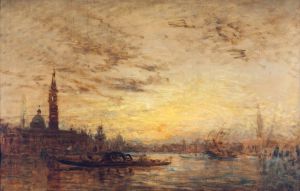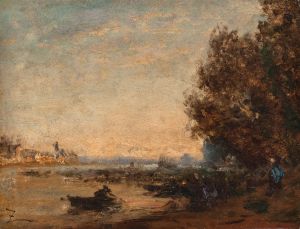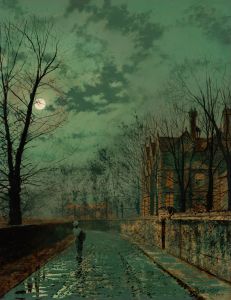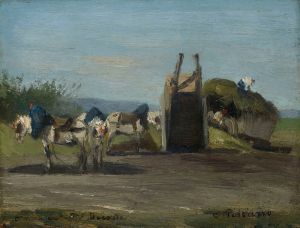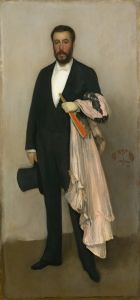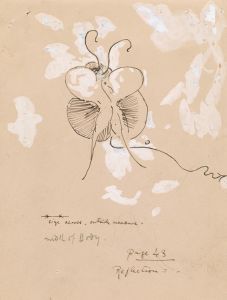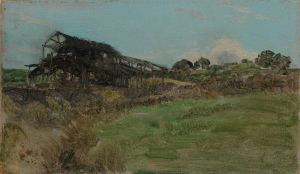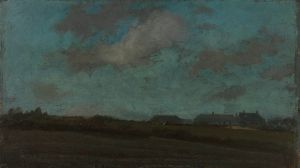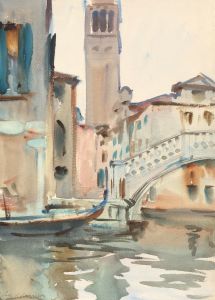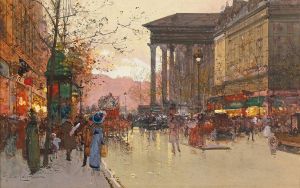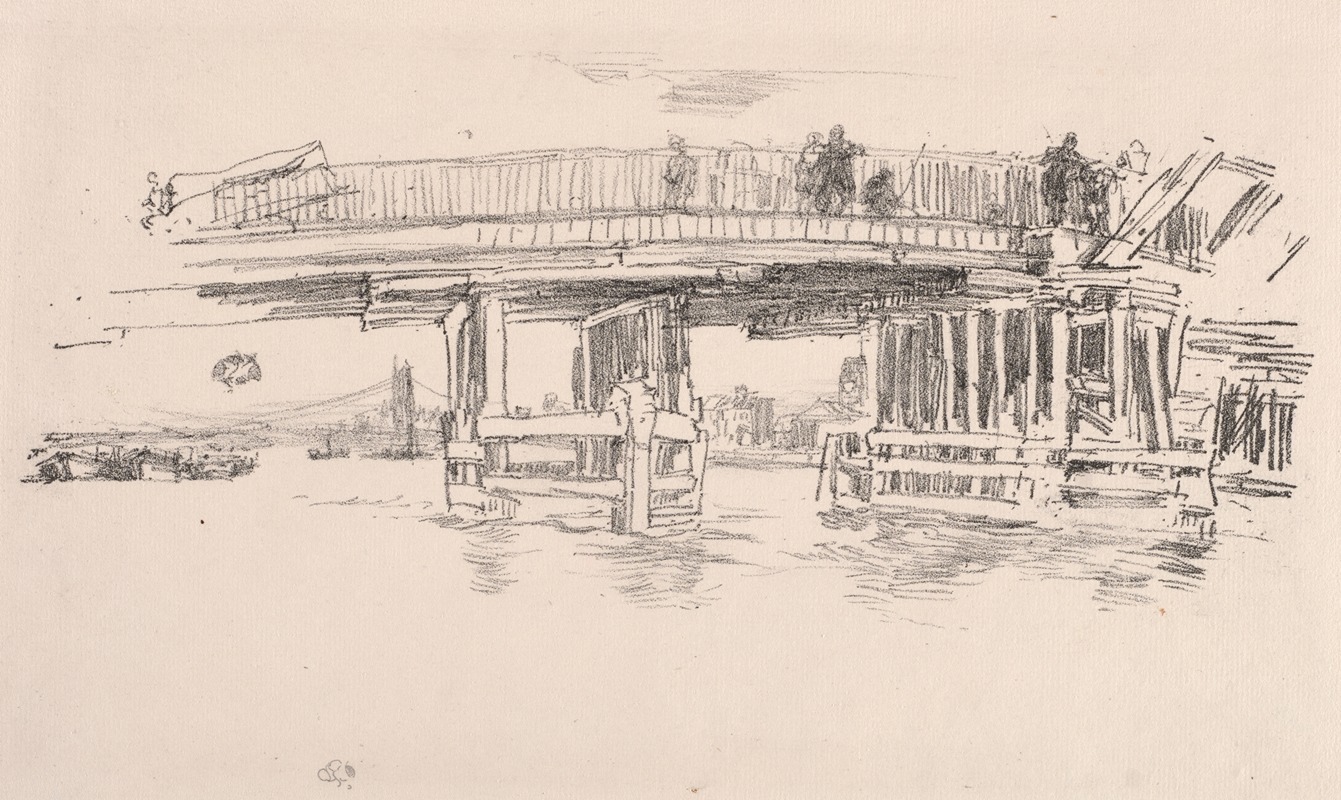
Old Battersea Bridge
A hand-painted replica of James Abbott McNeill Whistler’s masterpiece Old Battersea Bridge, meticulously crafted by professional artists to capture the true essence of the original. Each piece is created with museum-quality canvas and rare mineral pigments, carefully painted by experienced artists with delicate brushstrokes and rich, layered colors to perfectly recreate the texture of the original artwork. Unlike machine-printed reproductions, this hand-painted version brings the painting to life, infused with the artist’s emotions and skill in every stroke. Whether for personal collection or home decoration, it instantly elevates the artistic atmosphere of any space.
James Abbott McNeill Whistler's "Old Battersea Bridge" is a notable painting that captures the atmospheric essence of the Thames River in London, specifically focusing on the Battersea Bridge. Whistler, an American-born artist who spent much of his career in Europe, is renowned for his contributions to the Aesthetic Movement, which emphasized art for art's sake and prioritized beauty and composition over narrative content.
The painting, created in the late 19th century, is part of Whistler's series of works that depict the Thames River, a subject that fascinated him due to its dynamic interplay of light, water, and urban life. "Old Battersea Bridge" is executed in oil on canvas and showcases Whistler's mastery of tonal harmony and subtle color palettes. The artwork is characterized by its muted tones and the artist's signature use of a limited color scheme, which creates a harmonious and atmospheric effect.
In "Old Battersea Bridge," Whistler employs a composition that emphasizes the horizontal expanse of the river, with the bridge itself serving as a central element. The bridge is depicted with a sense of grandeur and elegance, its structure rendered in delicate, almost ethereal brushstrokes. The painting captures the bridge at a time when it was a vital crossing point over the Thames, connecting the areas of Battersea and Chelsea. The bridge, originally constructed in the 18th century, was a wooden structure that had become an iconic part of the London landscape by the time Whistler painted it.
Whistler's approach to this painting reflects his interest in Japanese art, particularly the use of space and the emphasis on simplicity and balance. The influence of Japanese woodblock prints is evident in the painting's composition and the way Whistler captures the scene with an economy of detail, focusing instead on mood and atmosphere. This stylistic choice aligns with Whistler's broader artistic philosophy, which sought to evoke emotion and beauty through subtlety and restraint.
The painting is also notable for its depiction of the interplay between natural and artificial light. Whistler captures the soft glow of twilight, with the fading light of the day casting a gentle reflection on the water's surface. This treatment of light and shadow is a hallmark of Whistler's work and contributes to the painting's tranquil and contemplative mood.
"Old Battersea Bridge" is housed in the collection of the Tate Britain in London, where it is appreciated as an important example of Whistler's contribution to the art of his time. The painting not only reflects Whistler's technical skill and aesthetic sensibility but also serves as a historical document of a bygone era in London's architectural and cultural history.
Through "Old Battersea Bridge," Whistler invites viewers to pause and appreciate the beauty of the everyday urban landscape, transforming a simple river crossing into a scene of poetic resonance. The painting remains a testament to Whistler's ability to capture the fleeting moments of beauty in the world around him, a quality that continues to resonate with audiences today.





